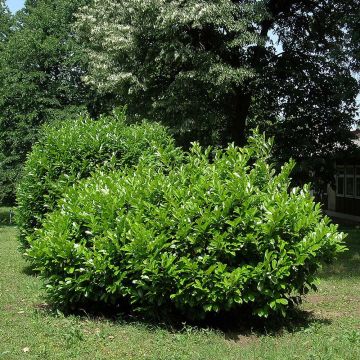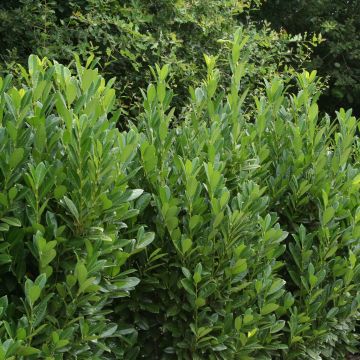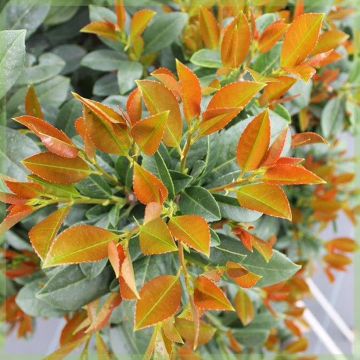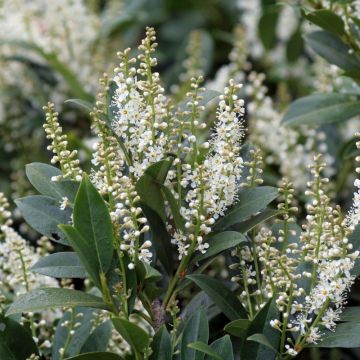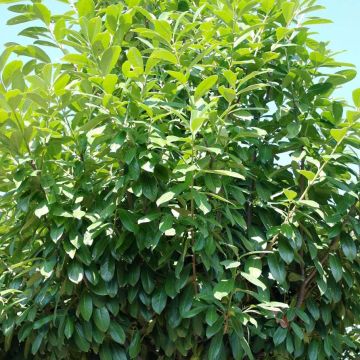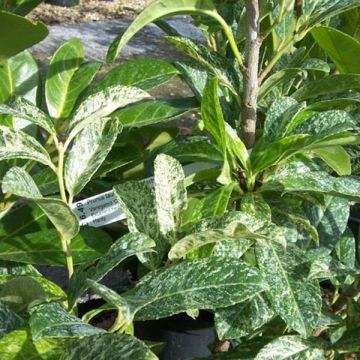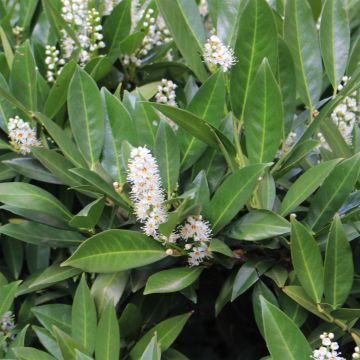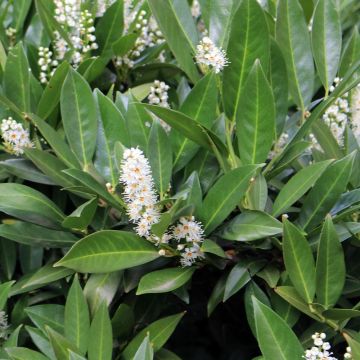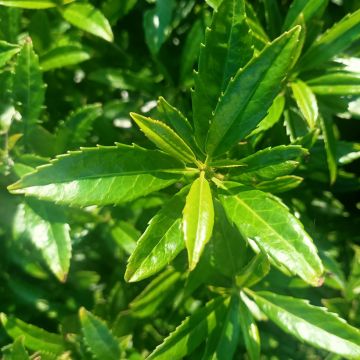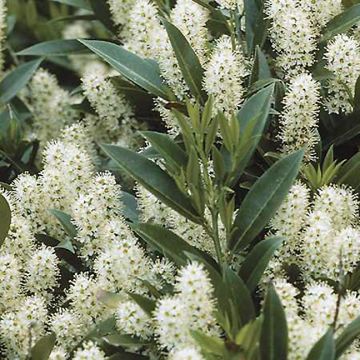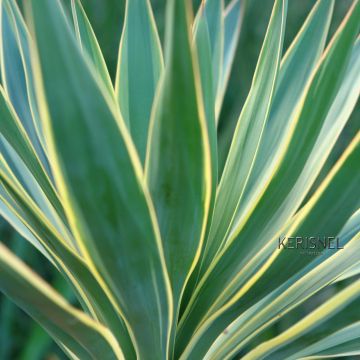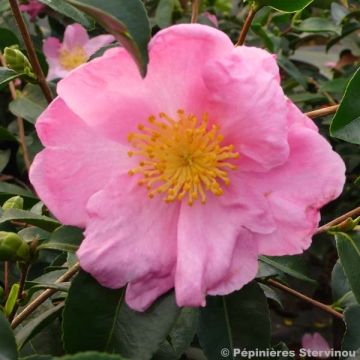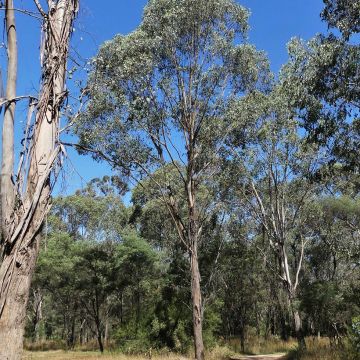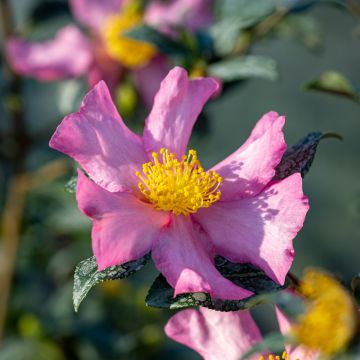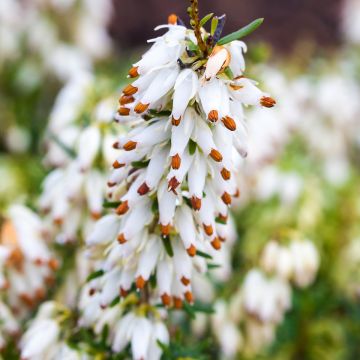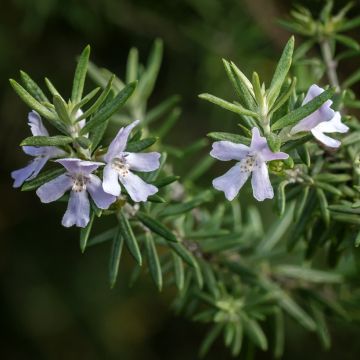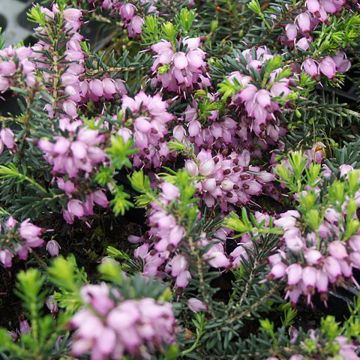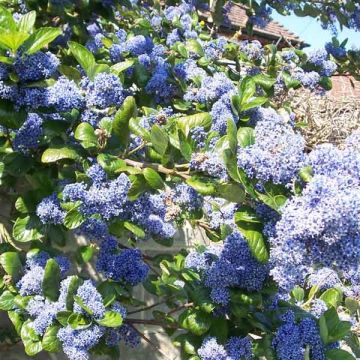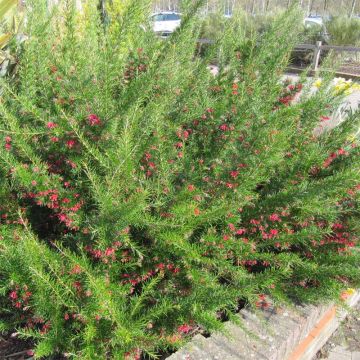Shipping country and language
Your country of residence may be:
Your country of residence is:
For a better user experience on our website, you can select:
Your shipping country:
-
Andorra
-
Austria
-
Belgium
-
Bulgaria
-
Canada
-
Chile
-
Croatia
-
Cyprus
-
Czechia
-
Denmark
-
Estonia
-
Finland
-
France
-
Germany
-
Greece
-
Hungary
-
Iceland
-
Ireland
-
Italy
-
Latvia
-
Lithuania
-
Luxembourg
-
Malta
-
Monaco
-
Netherlands
-
Poland
-
Portugal
-
Romania
-
Slovakia
-
Slovenia
-
Spain
-
Sweden
-
Switzerland
-
United Kingdom
We only deliver seed and bulb products to your country. If you add other products to your basket, they cannot be shipped.
Language:
-
French
-
German
-
Spanish
-
English
-
Italian
My Account
Hello
My wish lists
Log in / Register
Existing customer?
New customer?
Create an account to track your orders, access our customer service and, if you wish, make the most of our upcoming offers.
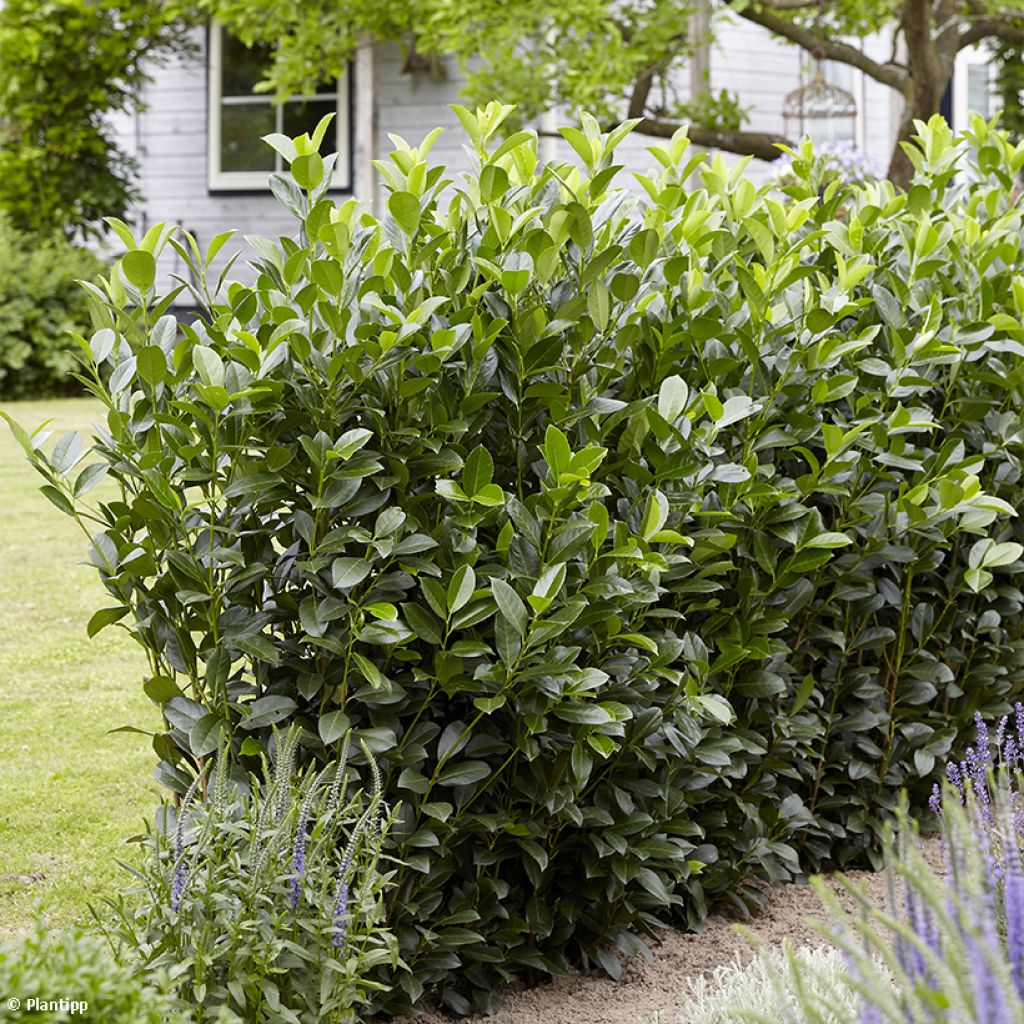

Laurier cerise - Prunus laurocerasus Obelisk
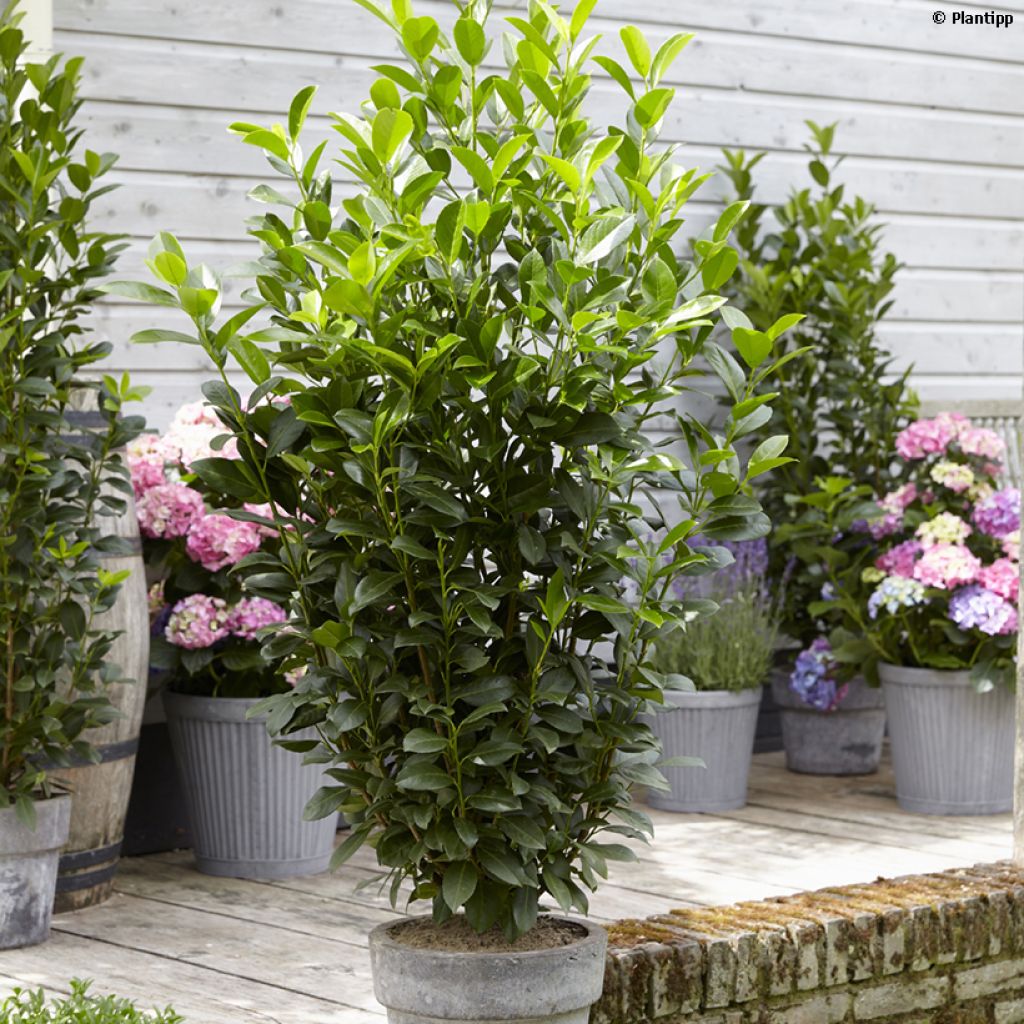

Laurier cerise - Prunus laurocerasus Obelisk
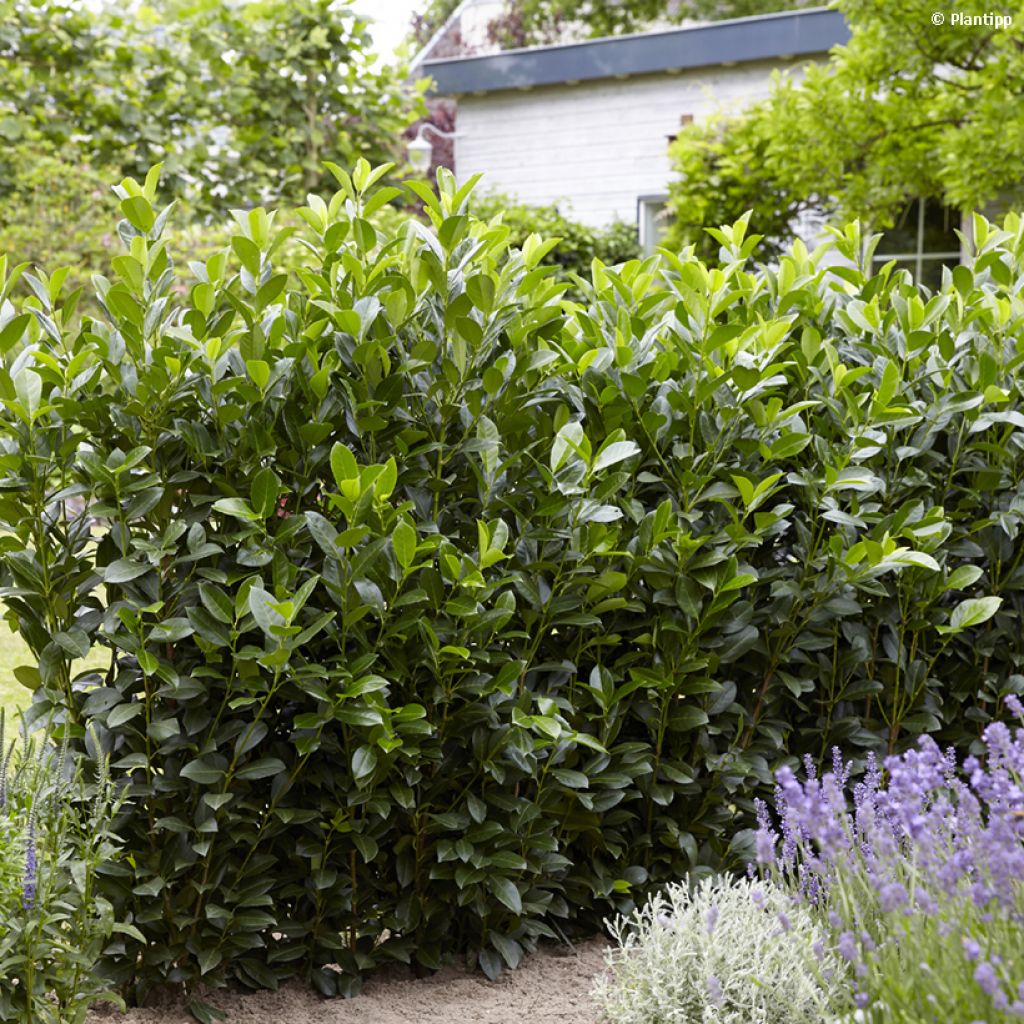

Laurier cerise - Prunus laurocerasus Obelisk
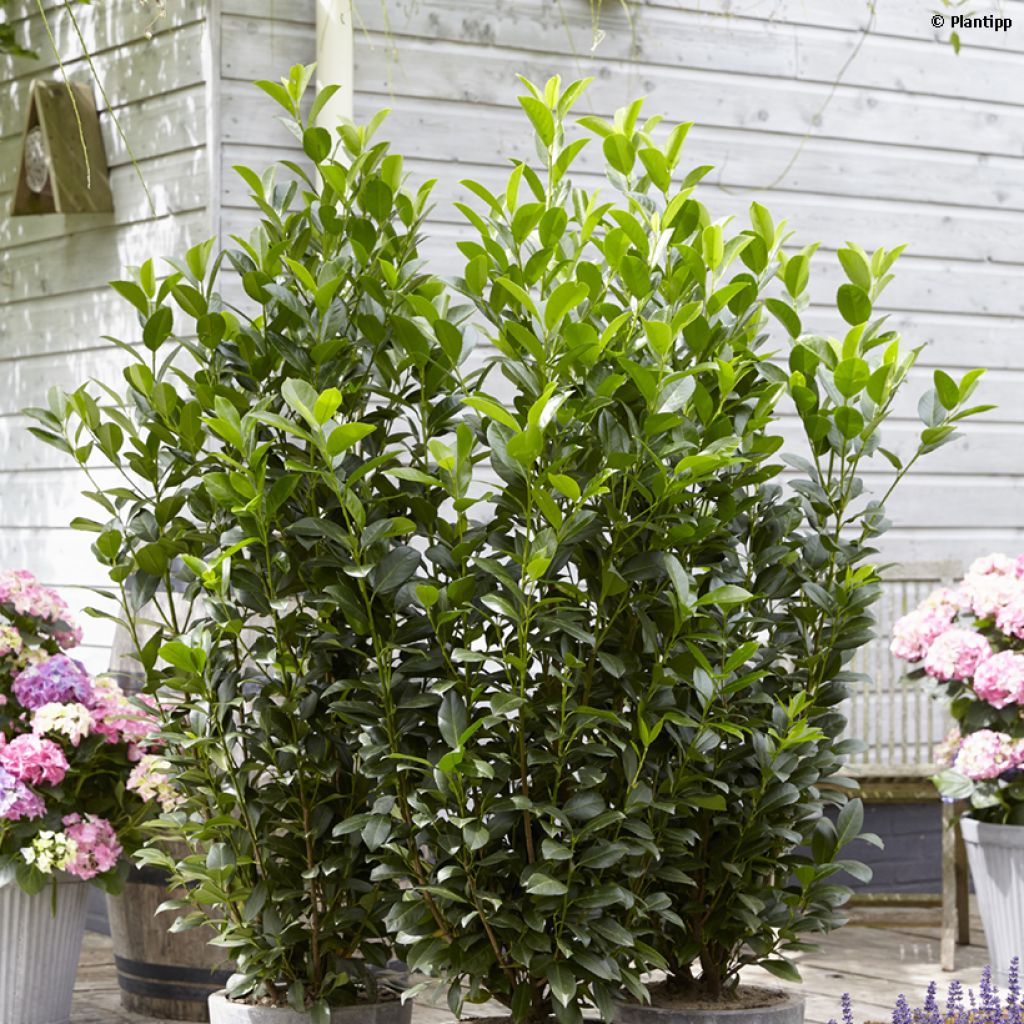

Laurier cerise - Prunus laurocerasus Obelisk
Prunus laurocerasus Obelisk - Cherry Laurel
Prunus laurocerasus Obelisk®
Cherry Laurel, Common Laurel, English Laurel
Order in the next for dispatch today!
Dispatch by letter from €3.90.
Delivery charge from €5.90 Oversize package delivery charge from €6.90.
More information
This item is not available in your country.
Schedule delivery date,
and select date in basket
This plant carries a 24 months recovery warranty
More information
We guarantee the quality of our plants for a full growing cycle, and will replace at our expense any plant that fails to recover under normal climatic and planting conditions.
From €5.90 for pickup delivery and €6.90 for home delivery
Express home delivery from €8.90.
Does this plant fit my garden?
Set up your Plantfit profile →
Description
Prunus laurocerasus 'Obelisk' has all the qualities of the perfect hedge plant. Less bulky than the Cherry Laurel 'Rotundifolia', and with moderate growth, its upright habit limits the need for pruning. Its beautiful medium to dark green elliptical leaves have a shiny texture, while its creamy white flowering in spring is useful to pollinating insects and its black fruits, toxic to humans, are appreciated by birds. As useful as it is ornamental, hardy down to -20°C (-4 °F), adaptable to both sun and shade and in most soils, it's the archetype of the easy beginner's plant.
The Cherry Laurel, sometimes called almond or palm laurel, is an evergreen bush of the Rosaceae family. This very important family, particularly from an economic point of view, gives us most of our temperate climate fruit trees (apples, pears, plums, apricots, peaches, etc.), but also many ornamental plants (Hawthorn, Cotoneaster, Roses, Photinia, Prunus), as well as numerous wild plants that populate the countryside and woodland (such as wild strawberry). Among the hundred or so genera that make up this family, Prunus is among those with the most species, about 300, many of which are fruit-bearing (cherry, plum and apricot trees) or ornamental.
Native to southeastern Europe and Asia Minor, and indigenous in Iran, the Caucasus and Turkey, Prunus laurocerasus is an evergreen bush that can reach a large size (up to 8 m (26 ft) high) and even form proper trunks. The species has produced several cultivars often used as hedges, including 'Obelisk', which is particularly suitable for such use.
The Cherry Laurel 'Obelisk' has several characteristics that make it one of the best varieties for forming a hedge. Smaller than the type species, it can reach 4 to 5 m (13 to 16 ft) height in adulthood if planted alone and left to form freely, but will easily be kept at 2 to 2.5 m (8 ft) with pruning, which it tolerates very well. Its main advantage is its erect form, in contrast to the famous 'Rotundifolia' which spontaneously forms a wide bush with a protruding base. 'Obelisk', on the other hand, forms very vertical shoots, which give it a more or less pyramidal habit and therefore much easier to maintain in a hedge. Since it is very dense from the base upwards, some choose to grow it in decorative pots as a terrace or balcony plant, pruning it relatively low.
Very bushy, it is perfect as a windbreak and screen hedge, at a density of 3 plants per linear metre. Its moderate annual growth - about 30 to 40 cm (12 to 16 in) - and its fairly narrow shape (2.50 m (8 ft) high and about half as wide or less) limits the time needed for pruning. Annual clipping with shears is sufficient, or even with secateurs if there is little length to prune, which allows shortening of the stems without cutting into the leaves.
The elliptical foliage is very decorative, a beautiful medium to dark green with a glossy surface, and the young leaves take on copper red shades. In April-May a fragrant creamy white flowering blooms, attracting bees, bumblebees and butterflies. The small flowers, grouped in corymbs, then give way to black fruits, toxic to humans (especially the seed) but consumed by birds.
Very hardy (down to about -20°C (-4 °F)), this pretty Cherry Laurel is very accommodating with regard to soil type, disliking only overly alkaline or wet conditions. It will grow in most ordinary garden soils with some watering in summer, though once well established it is fairly drought resistant. It is equally tolerant in terms of exposure, growing in full sun as well as partial shade or even shade.
Obelisk will give full satisfaction in low or medium hedge, but its rather natural appearance also encourages to plant it in a mixed hedge with other evergreens, or even in a varied bed, with deciduous, in which its foliage will allow to have greenery all year round. Instead of resorting to the ease of the hedge trimmed with a string, why not plant a free-form hedge, maintained to the desired dimensions by pruning with secateurs? The result will be much more aesthetic than a mono-specific hedge and you can also promote biodiversity in your garden. With the Laurustinus (Viburnum tinus, nothing to do with Prunus!), you will benefit from winter flowerings staggered compared to others. The Elaeagnus ebbingei, or Ebbing's Silverberry, will reward you with a discreet but very fragrant flowering in autumn and a greyish foliage of the best taste in contrast with Obelisk (if necessary, there are also green and yellow variegated cultivars of Silverberries...). The Arbutus unedo will also be a very good companion, decorative in all seasons as it combines at the same time a pleasant evergreen foliage carried by branches with decorative wood, a pretty white bell-shaped flowering and fruits that go from golden yellow to bright red (edible moreover), quite often even the flowers and fruits coexist on the plant!
Be careful: The leaves, and all parts of the cherry laurel are toxic if ingested, except for the pulp of the fruit (the seed is toxic). They contain prussic acid, (cyanhydric acid), associated with an aromatic substance called benzaldehyde, with a bitter almond scent. This principle is also found in the almonds of apricot and peach stones for example.
Report an error about the product description
Prunus laurocerasus Obelisk - Cherry Laurel in pictures
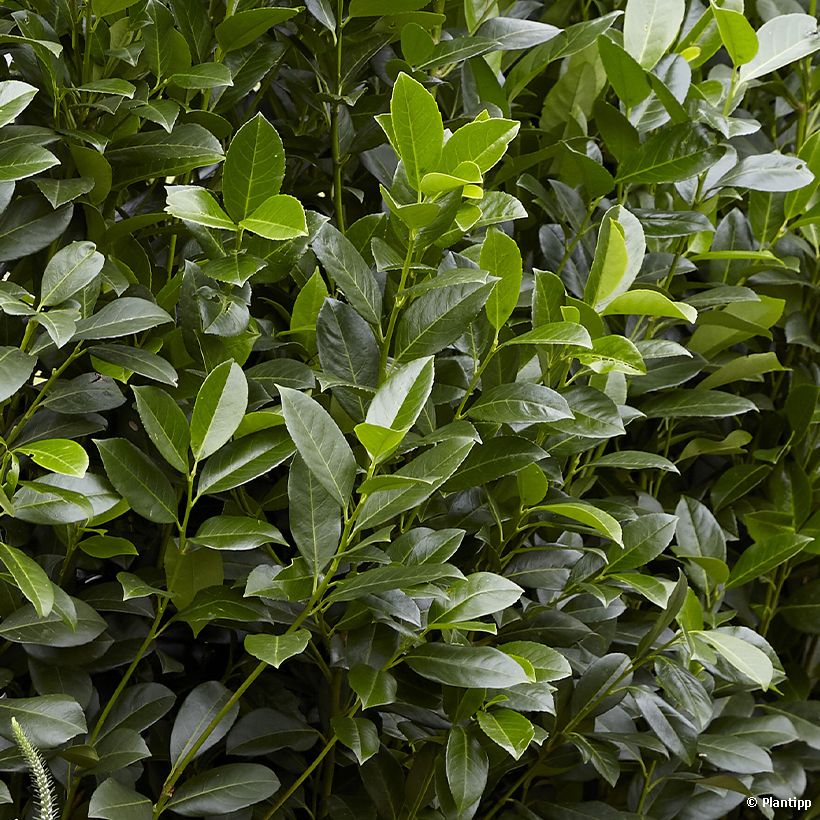

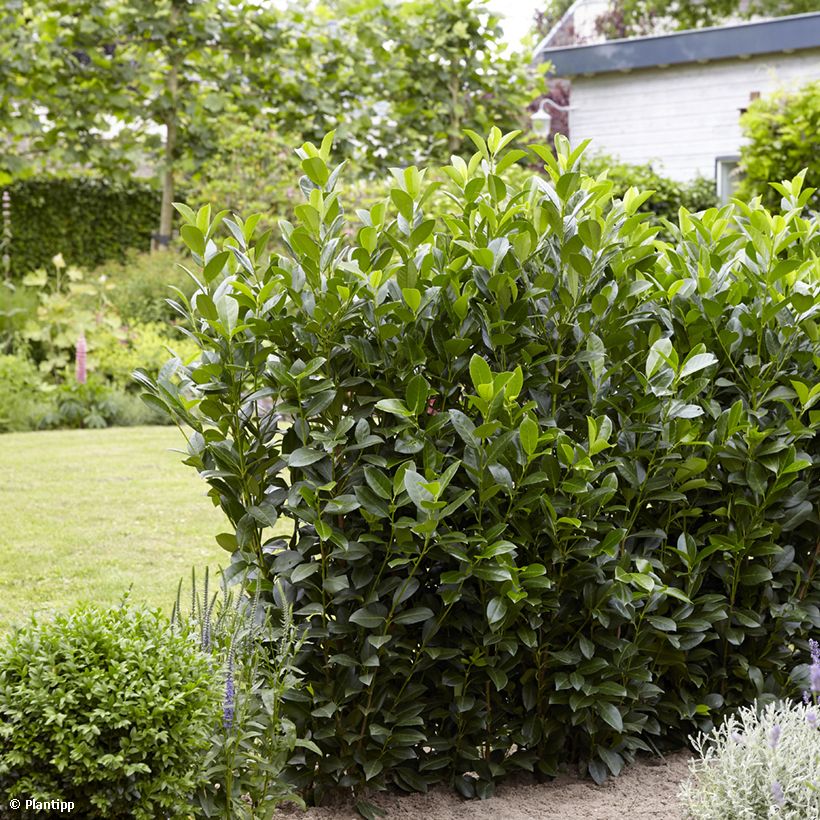

Plant habit
Flowering
Foliage
Botanical data
Prunus
laurocerasus
Obelisk®
Rosaceae
Cherry Laurel, Common Laurel, English Laurel
Cultivar or hybrid
Other Cherry Laurel - Commun Laurel
Planting and care
Prunus laurocerasus 'Obelisk', very accommodating and very easy to cultivate, is content with a well-prepared ordinary soil, not too alkaline, moderately dry to damp. It tolerates all exposures and is hardy (to around -20°C (-4 °F)). Even if its aerial parts are damaged by very hard frosts, it will emit vigorous shoots from the base. Long and intense periods of drought can destroy older plants. Planting is preferably done in the autumn, or at the beginning of spring in cooler regions. Dig a hole of 50 cm (20 in) in all directions and mix a little planting compost with the existing soil. Soak the root ball in a bucket of water a quarter of an hour before planting. Fill in and water abundantly. Water regularly for the first two years to facilitate rooting, and then only in hot weather.
Note: The decomposition of the leaves of the cherry laurel, very slow, results in the release of substances in the leaf litter that inhibit the germination and growth of other plants. It is therefore preferable to remove pruning waste rather than adding to your compost.
Planting period
Intended location
Care
This item has not been reviewed yet - be the first to leave a review about it.
Evergreen shrubs
Haven't found what you were looking for?
Hardiness is the lowest winter temperature a plant can endure without suffering serious damage or even dying. However, hardiness is affected by location (a sheltered area, such as a patio), protection (winter cover) and soil type (hardiness is improved by well-drained soil).

Photo Sharing Terms & Conditions
In order to encourage gardeners to interact and share their experiences, Promesse de fleurs offers various media enabling content to be uploaded onto its Site - in particular via the ‘Photo sharing’ module.
The User agrees to refrain from:
- Posting any content that is illegal, prejudicial, insulting, racist, inciteful to hatred, revisionist, contrary to public decency, that infringes on privacy or on the privacy rights of third parties, in particular the publicity rights of persons and goods, intellectual property rights, or the right to privacy.
- Submitting content on behalf of a third party;
- Impersonate the identity of a third party and/or publish any personal information about a third party;
In general, the User undertakes to refrain from any unethical behaviour.
All Content (in particular text, comments, files, images, photos, videos, creative works, etc.), which may be subject to property or intellectual property rights, image or other private rights, shall remain the property of the User, subject to the limited rights granted by the terms of the licence granted by Promesse de fleurs as stated below. Users are at liberty to publish or not to publish such Content on the Site, notably via the ‘Photo Sharing’ facility, and accept that this Content shall be made public and freely accessible, notably on the Internet.
Users further acknowledge, undertake to have ,and guarantee that they hold all necessary rights and permissions to publish such material on the Site, in particular with regard to the legislation in force pertaining to any privacy, property, intellectual property, image, or contractual rights, or rights of any other nature. By publishing such Content on the Site, Users acknowledge accepting full liability as publishers of the Content within the meaning of the law, and grant Promesse de fleurs, free of charge, an inclusive, worldwide licence for the said Content for the entire duration of its publication, including all reproduction, representation, up/downloading, displaying, performing, transmission, and storage rights.
Users also grant permission for their name to be linked to the Content and accept that this link may not always be made available.
By engaging in posting material, Users consent to their Content becoming automatically accessible on the Internet, in particular on other sites and/or blogs and/or web pages of the Promesse de fleurs site, including in particular social pages and the Promesse de fleurs catalogue.
Users may secure the removal of entrusted content free of charge by issuing a simple request via our contact form.
The flowering period indicated on our website applies to countries and regions located in USDA zone 8 (France, the United Kingdom, Ireland, the Netherlands, etc.)
It will vary according to where you live:
- In zones 9 to 10 (Italy, Spain, Greece, etc.), flowering will occur about 2 to 4 weeks earlier.
- In zones 6 to 7 (Germany, Poland, Slovenia, and lower mountainous regions), flowering will be delayed by 2 to 3 weeks.
- In zone 5 (Central Europe, Scandinavia), blooming will be delayed by 3 to 5 weeks.
In temperate climates, pruning of spring-flowering shrubs (forsythia, spireas, etc.) should be done just after flowering.
Pruning of summer-flowering shrubs (Indian Lilac, Perovskia, etc.) can be done in winter or spring.
In cold regions as well as with frost-sensitive plants, avoid pruning too early when severe frosts may still occur.
The planting period indicated on our website applies to countries and regions located in USDA zone 8 (France, United Kingdom, Ireland, Netherlands).
It will vary according to where you live:
- In Mediterranean zones (Marseille, Madrid, Milan, etc.), autumn and winter are the best planting periods.
- In continental zones (Strasbourg, Munich, Vienna, etc.), delay planting by 2 to 3 weeks in spring and bring it forward by 2 to 4 weeks in autumn.
- In mountainous regions (the Alps, Pyrenees, Carpathians, etc.), it is best to plant in late spring (May-June) or late summer (August-September).
The harvesting period indicated on our website applies to countries and regions in USDA zone 8 (France, England, Ireland, the Netherlands).
In colder areas (Scandinavia, Poland, Austria...) fruit and vegetable harvests are likely to be delayed by 3-4 weeks.
In warmer areas (Italy, Spain, Greece, etc.), harvesting will probably take place earlier, depending on weather conditions.
The sowing periods indicated on our website apply to countries and regions within USDA Zone 8 (France, UK, Ireland, Netherlands).
In colder areas (Scandinavia, Poland, Austria...), delay any outdoor sowing by 3-4 weeks, or sow under glass.
In warmer climes (Italy, Spain, Greece, etc.), bring outdoor sowing forward by a few weeks.
